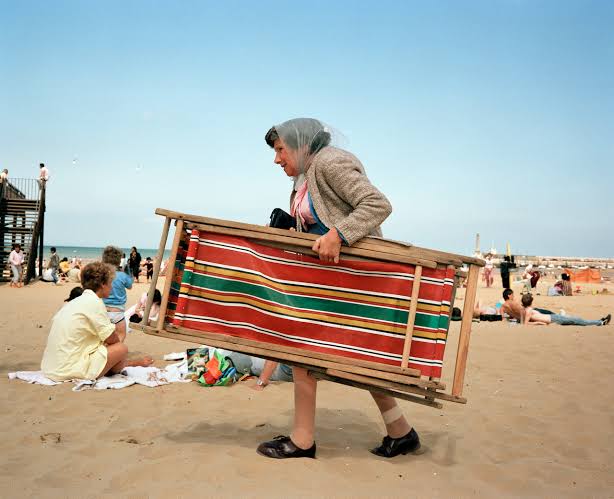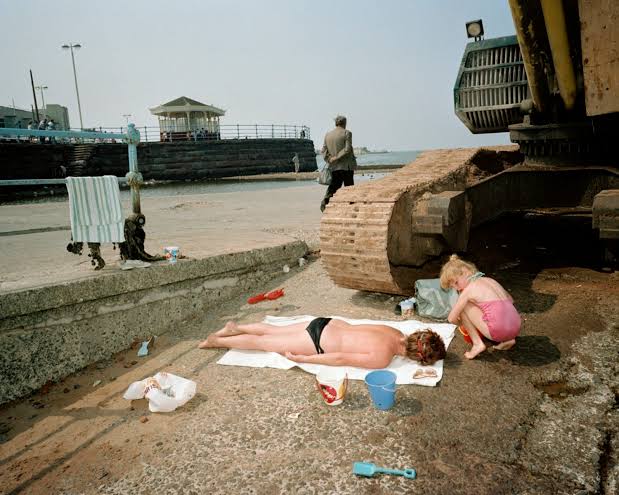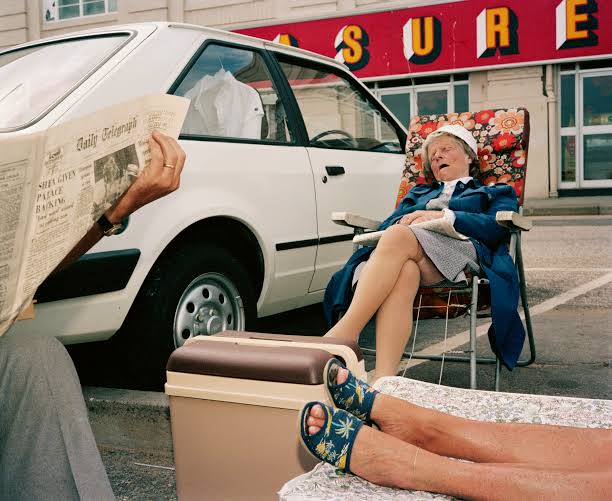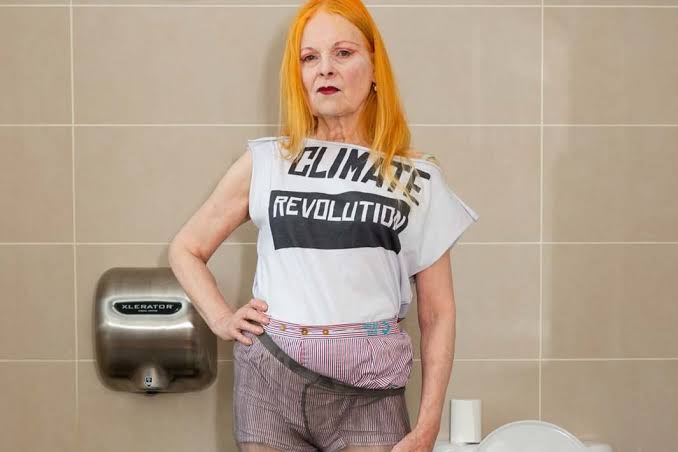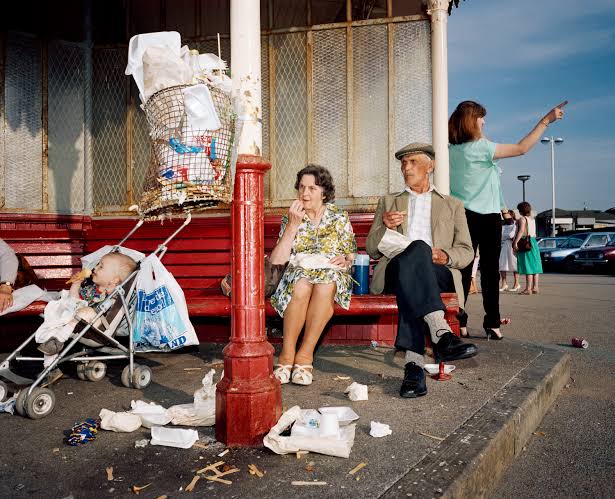
Michael Cook’s photographs are so profoundly intelligent and beautiful, I could have chosen any one of his projects to feature here. Produced with equal impact over the last two decades, it seems he is continuously revealing a side of our culture we don’t know we’ve given into. Having something to say in art is one thing, but being able to capture that message and relay it with renewed vigour, almost as if drilling through the deposits of our constructs – constructs that even we are not conscious of having placed around ourselves and others – is exceptional.
I love photography, as has been well demonstrated by posts here in this blog, but rarely do I find an arbitrator holding the camera. Perhaps it is a necessity. Certainly, Michael Cook’s work is seeded, in my view, by an understanding that the intersection of art and story must coalesce. Both sumptuous and boldly reprised, each project tells us something new. Complication is inherent. And as we see its turnabout in his artful shots, it is the intersection with story that beguiles.
Both Majority Rule and Enculturation are wonderful examples of his corrupting influence on us. They are images not only hard to forget, but of perpetual use. They are the bedrock of something that needs to be undone in us so that we can be put back together in a more whole manner. So too for Civilised and Mother.
Fake, Michael Cook’s latest effort, is no less startling. Visually playful and luscious, the photos also hold a rather hands-off anxiety that stimulates their undercurrent. The characters are defiant in a way that we, the onlooker, are drawn to try to decipher. Everything is juxtaposed: a clashing chorus of glamour against a hard-lined monochrome landscape. It is a celebration of bold alternatives, not without their cost however, not without their extractions.
And so, perhaps it is this that makes Michael Cook one of the most versatile and yet focused artists I have ever come across. Content is as important as form. And each photo demands that we see what is imbedded into the shot, simply by its existence. A rare soliloquy binds us to the visual conundrum we are presented with. And, in the patchwork, hotch-potch of our minds, in the circular and chaotic nature we often employ to digest something that is not immediately accessible to us, these photographs are poised to disrupt our synapses and take our neurons down brand-new pathways.


































